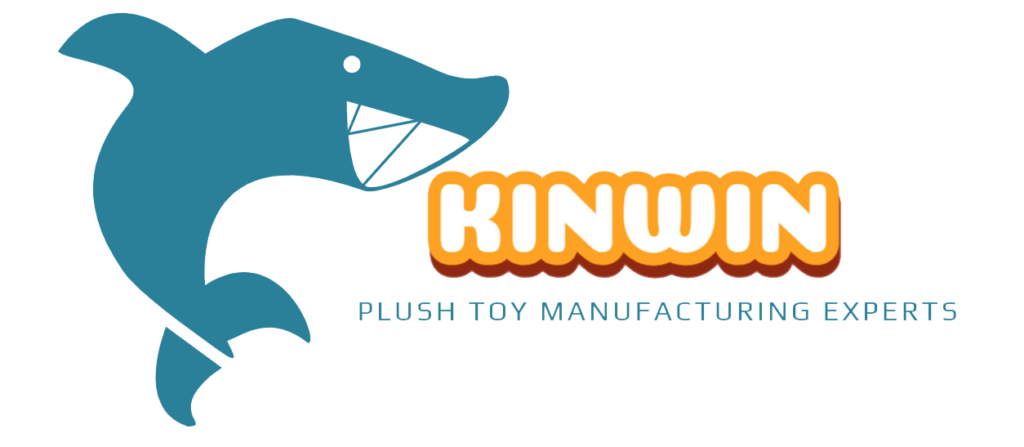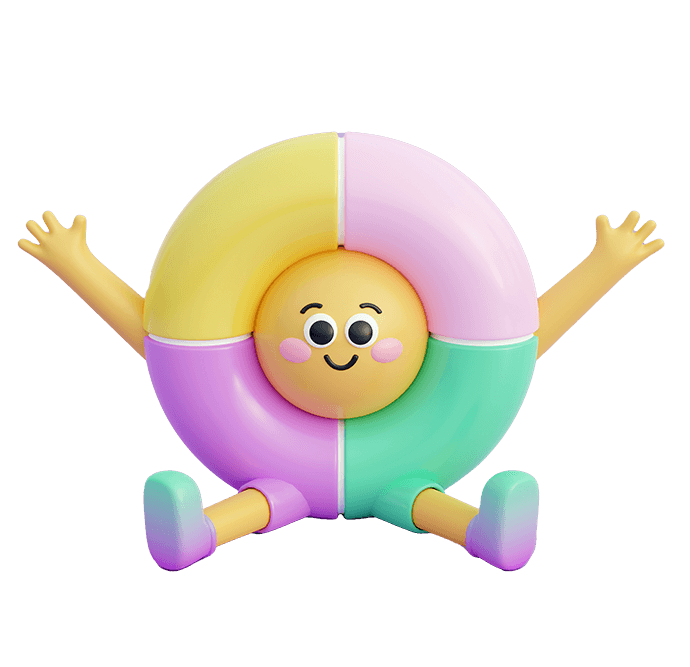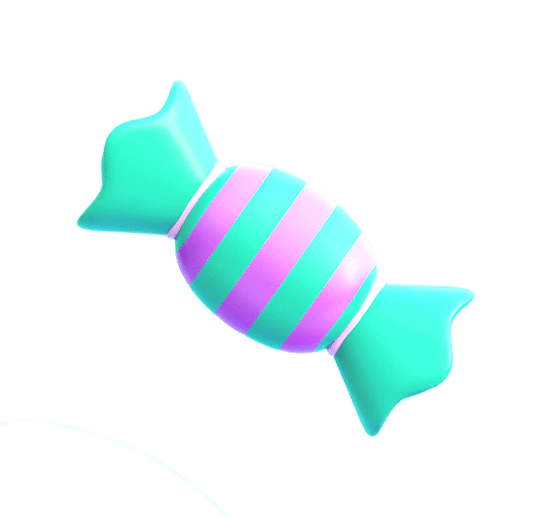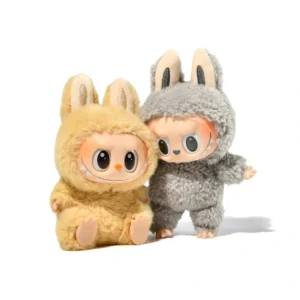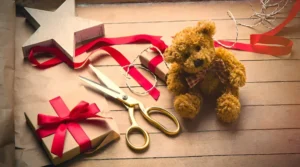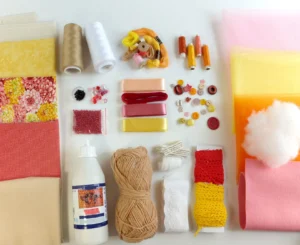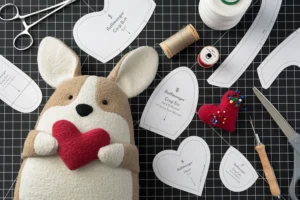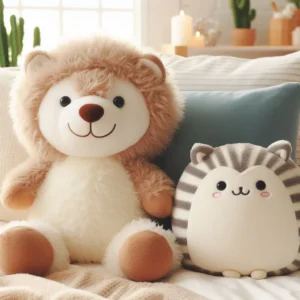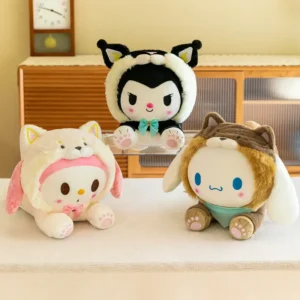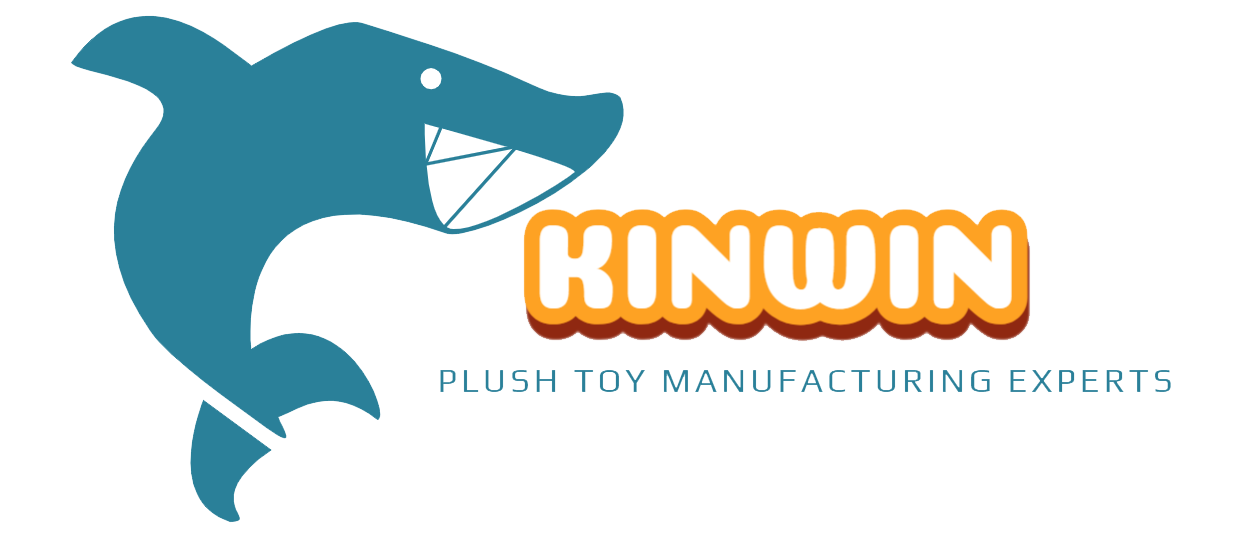Choosing the best plush toy brands means looking beyond just popularity. It requires understanding quality, safety, design, and market influence to find brands that truly deliver value and trust.
Top plush toy brands excel by combining superior materials, skilled craftsmanship, rigorous safety certifications, and innovation. Their market success stems from strong distribution channels and customer-focused customization options. This guide explores key factors defining the world’s leading plush toy brands.
Let’s explore what sets the best plush toy brands apart in today’s competitive market.
1.What criteria define the top plush toy brands globally?
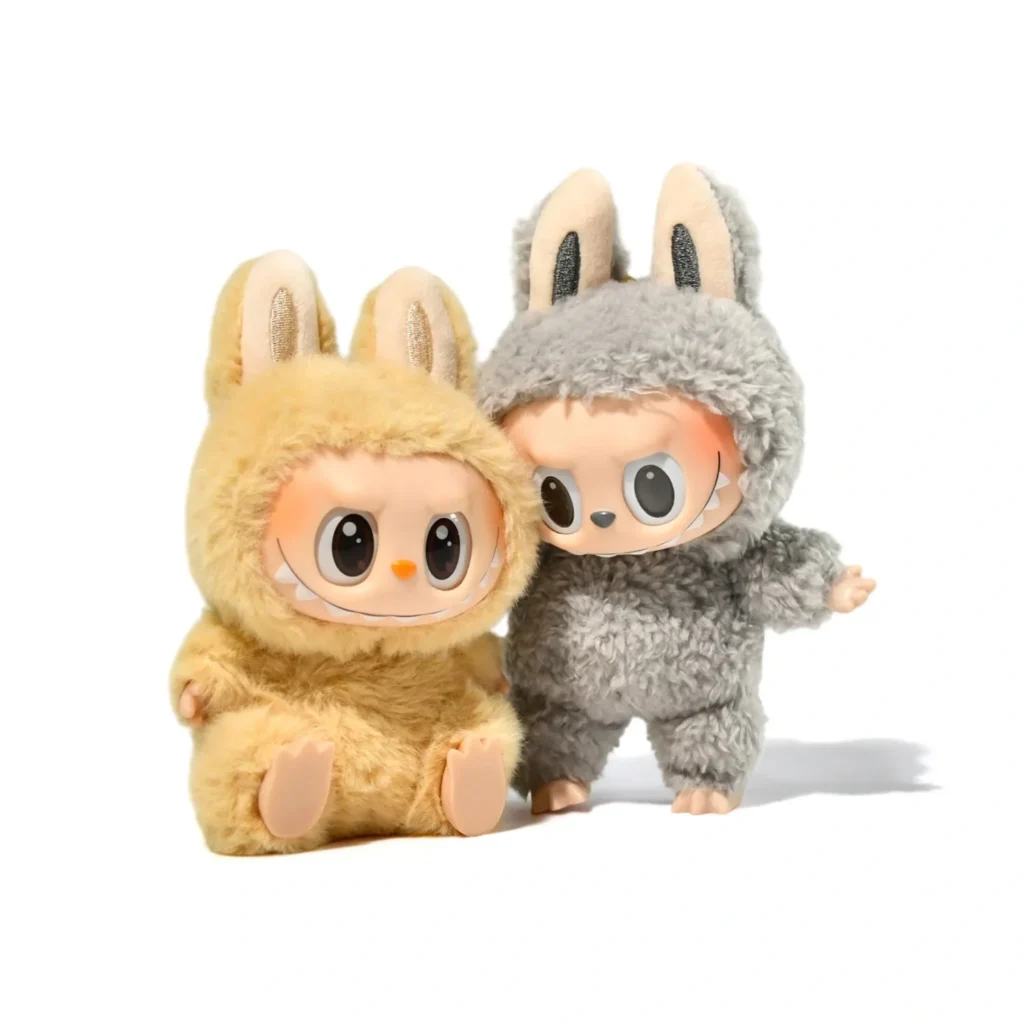
The best plush toy brands meet high standards in quality, safety, and customer satisfaction.
Key criteria include material quality, craftsmanship, safety certifications, brand reputation, product variety, and innovation. Strong customer service and global distribution also play important roles in defining top brands.
Several factors determine a plush toy brand’s standing worldwide:
| Criteria | Description | Importance |
|---|---|---|
| Material Quality | Use of soft, durable, non-toxic fabrics | Ensures product longevity and safety |
| Craftsmanship | Precision sewing and finishing details | Affects durability and aesthetics |
| Safety Certifications | Compliance with CE, ASTM, and other standards | Builds consumer trust |
| Brand Reputation | Customer reviews and market presence | Influences buying decisions |
| Product Variety | Range of plush toy designs and themes | Meets diverse customer needs |
| Innovation | Incorporation of new designs and technologies | Keeps brand competitive |
| Customer Service | Responsiveness and after-sales support | Enhances loyalty and satisfaction |
| Distribution Network | Availability in major retail and online channels | Expands brand reach |
A brand that excels in most or all of these criteria earns a strong position in the global plush toy market.
2.How do leading brands differentiate through materials and craftsmanship?
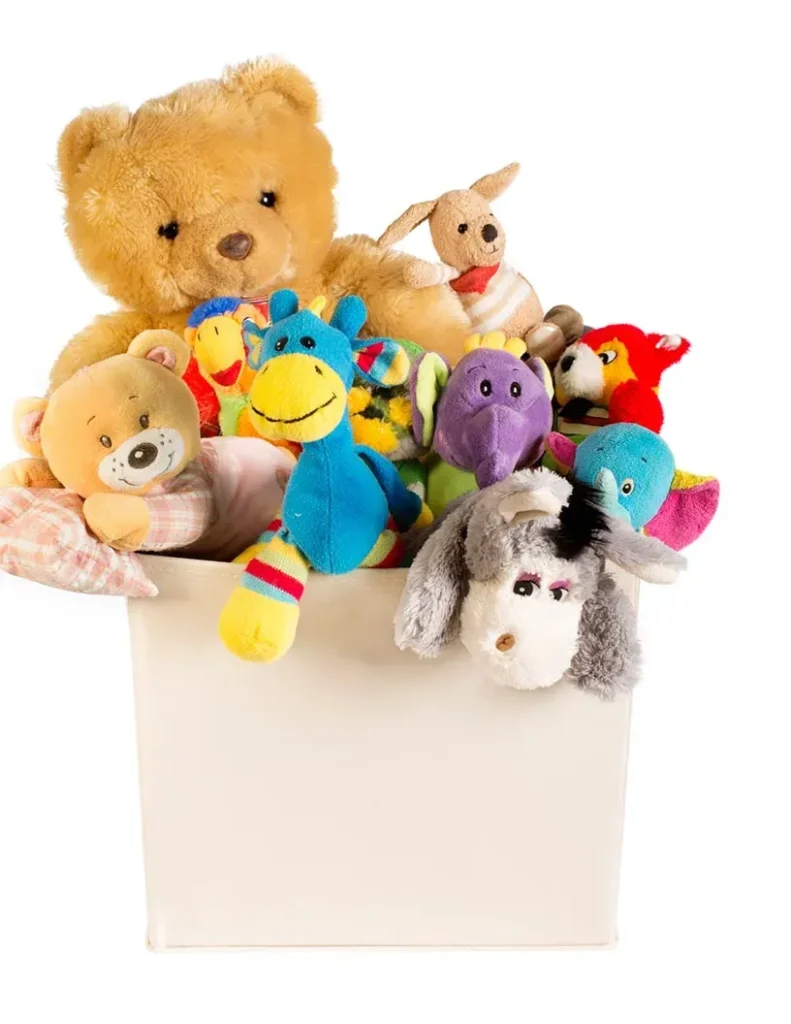
Top brands invest in premium materials and expert craftsmanship to stand out.
They use safe, soft fabrics like minky or velboa combined with fine stitching techniques. These details improve durability and tactile appeal, elevating customer experience.
Premium materials and skilled labor are critical:
Material Choices
Brands like Steiff and Jellycat select plush fabrics that balance softness and strength. They avoid allergens and toxic dyes to ensure safety.
Craftsmanship Techniques
Precision sewing, reinforced seams, and detailed embroidery differentiate high-end toys. These features resist wear and provide a luxurious look and feel.
| Material Type | Feature | Brand Examples |
|---|---|---|
| Minky Plush Fabric | Ultra-soft, smooth texture | Jellycat, Aurora |
| Velboa Plush Fabric | Durable, vibrant colors | Ty, GUND |
| Embroidered Details | Safe, lasting facial features | Steiff, Melissa & Doug |
| Hand-Stitched Seams | Extra strength and detail | Steiff, high-end custom brands |
Investing in quality materials and craftsmanship helps brands command premium prices and win loyal customers.
3.What role do safety certifications play in plush toy brand reputation?
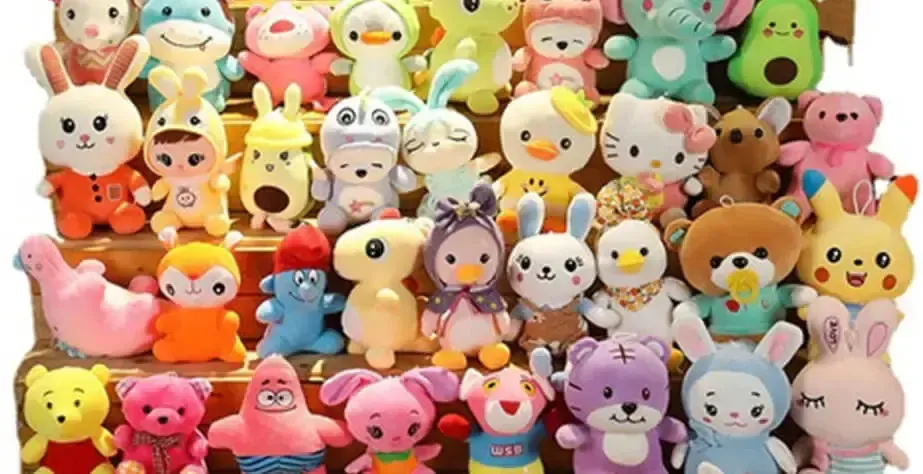
Safety certifications are vital for consumer trust and regulatory compliance.
Brands with CE, ASTM, and CPSIA certifications demonstrate their commitment to producing safe, high-quality toys. These marks influence purchase decisions, especially in regulated markets like the US and EU.
Regulatory Requirements
CE marking is mandatory for toys sold in Europe, ensuring conformity with safety directives. ASTM standards govern toy safety in the US.
Consumer Confidence
Certifications reassure parents and buyers that products meet strict safety guidelines, reducing risks of recalls or injuries.
Market Access
Compliance enables brands to enter major markets smoothly, expanding their reach and sales potential.
| Certification | Region | Key Focus | Brand Benefit |
|---|---|---|---|
| CE | Europe | Safety, chemical content, mechanical | Legal market entry, trust |
| ASTM F963 | United States | Physical and mechanical safety | Consumer confidence |
| CPSIA | United States | Lead content and hazardous substances | Enhanced safety compliance |
Brands investing in certifications build stronger reputations and avoid costly compliance issues.
4.How have innovation and design trends influenced top plush toy brands?
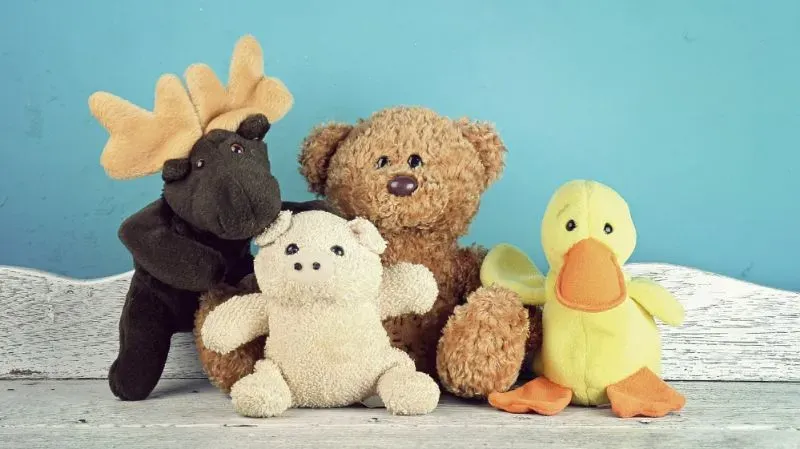
Innovation in materials, technology, and design keeps top brands relevant and exciting.
Smart toys, interactive features, and eco-friendly materials are current trends. Leading brands embrace these to attract modern consumers and stay competitive.
Smart and Interactive Plush Toys
Brands like FurReal and Hasbro integrate sensors and sound to create interactive experiences.
Eco-Friendly Materials
Sustainability is a key trend, with brands using recycled fabrics and natural dyes to appeal to conscious buyers.
Design Trends
Customization options, licensed characters, and themed collections engage diverse audiences.
| Innovation Type | Examples | Brand Impact |
|---|---|---|
| Smart Electronics | Talking, moving plush toys | Attracts tech-savvy consumers |
| Sustainable Materials | Recycled polyester, organic cotton | Appeals to eco-conscious buyers |
| Licensing & Themes | Popular characters, seasonal collections | Drives demand and brand loyalty |
Embracing innovation allows brands to capture new market segments and maintain relevance.
5.Which brands lead in customization and OEM/ODM services?
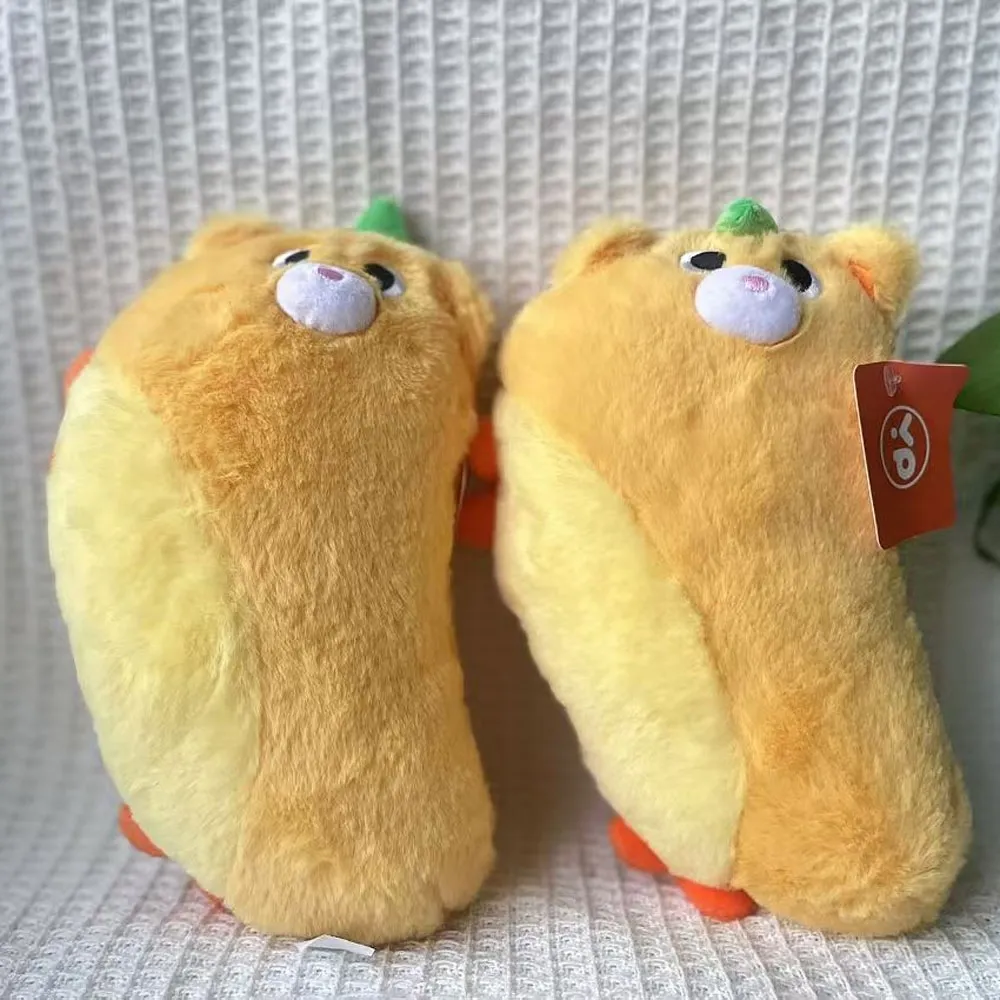
Some plush toy brands excel by offering tailored products and flexible manufacturing options.
Brands like Aurora and Jellycat provide OEM/ODM services, enabling retailers and businesses to customize designs, logos, and packaging. This flexibility builds strong B2B partnerships.
Customization offers unique value:
- Design Flexibility: Custom shapes, colors, and sizes fit client needs.
- Branding: Personalized logos and packaging enhance marketing.
- Small Batch Production: Agile response to market trends or promotions.
| Brand | Customization Options | OEM/ODM Capability | Client Benefits |
|---|---|---|---|
| Aurora | Custom plush designs | Yes | Tailored retail products |
| Jellycat | Limited customization | Yes | Unique boutique lines |
| GUND | Custom embroidery, packaging | Yes | Brand differentiation |
Customization strengthens partnerships and opens new revenue streams for both brands and clients.
6.How do distribution channels and market presence impact plush toy brand success?
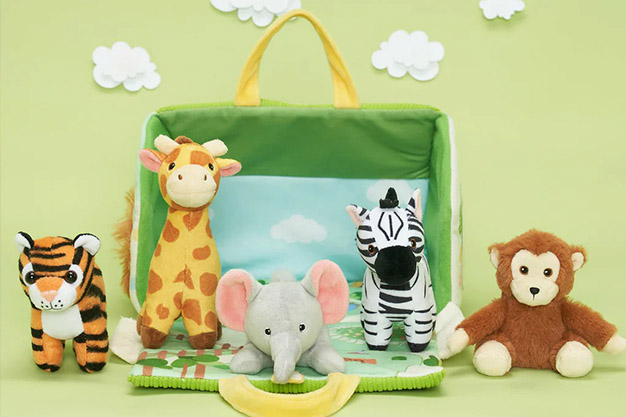
Widespread and effective distribution boosts brand visibility and sales.
Leading brands use diverse channels including retail chains, online marketplaces, and international trade shows to reach global customers and build strong market presence.
Multi-Channel Sales
Retail partnerships ensure shelf presence. E-commerce platforms expand reach directly to consumers worldwide.
International Trade Shows
Events like the Spielwarenmesse and Toy Fair offer exposure to buyers and trend insights.
Logistics and Delivery
Reliable supply chains and timely delivery strengthen brand reputation and client satisfaction.
| Channel Type | Advantages | Examples |
|---|---|---|
| Retail Chains | High foot traffic, brand exposure | Walmart, Target |
| E-commerce | Convenience, global reach | Amazon, Etsy |
| Trade Shows | Networking, product launches | Spielwarenmesse, Toy Fair |
| Direct B2B Sales | Custom deals, large orders | Specialty stores, gift shops |
Effective distribution strategies help brands maximize market penetration and grow loyal customer bases.
Conclusion
Leading plush toy brands succeed by balancing quality, safety, innovation, customization, and distribution.
